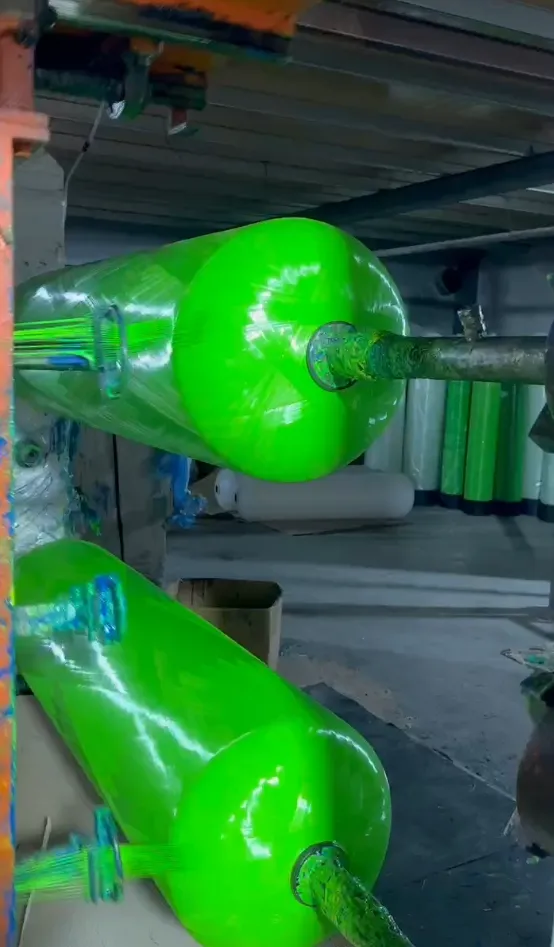loading...
- No. 9, Xingyuan South Street, Dongwaihuan Road, Zaoqiang County, Hengshui, Hebei, China
- admin@zjcomposites.com
- +86 15097380338
- Welcome to visit our website!
Innovative Applications and Benefits of Glass Fiber Reinforced Polymer Reinforcement in Construction Industry
Glass Fiber Reinforced Polymer (GFRP) Rebar An Innovative Solution for Modern Construction
In today's construction industry, the demand for materials that offer high strength, durability, and resistance to corrosion has led to the increasing adoption of advanced materials. One such material making waves is Glass Fiber Reinforced Polymer (GFRP) rebar. GFRP rebar represents a revolutionary advancement in reinforcement technology, particularly in environments where traditional steel rebar can be susceptible to corrosion.
What is GFRP Rebar?
GFRP rebar is composed of high-strength glass fibers embedded in a polymer matrix. This composite material is manufactured through a process known as pultrusion, which allows for the continuous production of long, uniform bars. The glass fibers provide tensile strength, while the polymer matrix offers resistance to environmental factors, making GFRP rebar an ideal alternative to conventional steel rebar.
Advantages of GFRP Rebar
1. Corrosion Resistance One of the most significant advantages of GFRP rebar is its exceptional resistance to corrosion. Unlike steel, which can rust and deteriorate when exposed to moisture and salts, GFRP is inert to such conditions. This durability extends the lifespan of structures, significantly reducing maintenance costs and reinforcing safety.
2. Lightweight GFRP rebar is much lighter than steel—typically one-quarter the weight—making it easier to handle and install. This characteristic can lead to lower transportation costs and faster construction times, ultimately enhancing project efficiency.
3. High Strength-to-Weight Ratio Despite its lightweight nature, GFRP rebar boasts a high strength-to-weight ratio, providing superior tensile strength compared to traditional materials. This property enables designers and engineers to create lighter, more efficient structures without compromising strength and safety.
4. Thermal Insulation GFRP rebar does not conduct heat or electricity, making it an excellent choice for applications where thermal insulation is crucial. This characteristic is particularly beneficial in structures subjected to extreme temperature fluctuations or in environments that require electrical isolation.
glass fiber reinforced polymer gfrp rebar

5. Environmental Impact As the construction industry moves towards more sustainable practices, GFRP rebar presents an eco-friendly alternative. Its long lifespan and corrosion resistance mean fewer replacements are needed over time, reducing material waste. Additionally, the production process for GFRP can be less energy-intensive compared to that of steel.
Applications of GFRP Rebar
GFRP rebar is increasingly being used in a variety of applications, particularly in infrastructure projects such as bridges, tunnels, and marine structures where exposure to harsh environments is common. It is also being implemented in precast concrete products and in areas requiring lightweight structural solutions, including residential buildings and parking garages.
Moreover, GFRP rebar is gaining traction in retrofitting existing structures, where its lightweight properties enable engineers to strengthen older buildings without adding significant load.
Challenges and Future Prospects
While GFRP rebar has many advantages, there are challenges to its widespread adoption. The cost of GFRP materials can be higher than that of conventional steel, posing a barrier for some construction projects. Additionally, the design codes and standards for GFRP are still evolving, which may hinder its acceptance in certain markets.
However, as technology advances and more research is conducted, the potential applications and benefits of GFRP rebar will likely expand. Ongoing developments in manufacturing processes and composite technologies may lead to more cost-effective solutions, further solidifying GFRP rebar's position as a key player in modern construction.
In conclusion, GFRP rebar offers a transformative solution to many challenges faced in today's construction environments. With its unique combination of strength, lightweight properties, and corrosion resistance, it stands to change the way engineers and architects design and build, leading to safer, more sustainable structures for the future.
-
Premium FRP Handrail for All ApplicationsNewsAug.29,2025
-
Low Maintenance FRP Mini Mesh Grating ProductsNewsAug.29,2025
-
Innovative FRP Square Tubes for Modern Industrial SolutionsNewsAug.29,2025
-
FRP Water Storage Tanks Wholesale Solutions for Bulk BuyersNewsAug.29,2025
-
FRP Molded Grating Solutions for Diverse Industrial ApplicationsNewsAug.29,2025
-
Construction Advancements Through FRP Pultruded ProfilesNewsAug.29,2025
-
Why Choose FRP Railings, Guardrails, and Handrail Systems?NewsAug.29,2025
